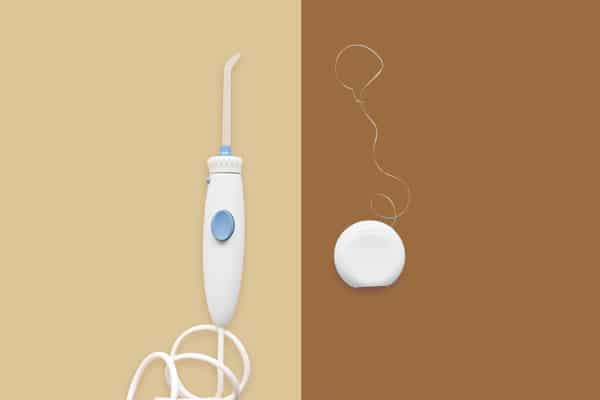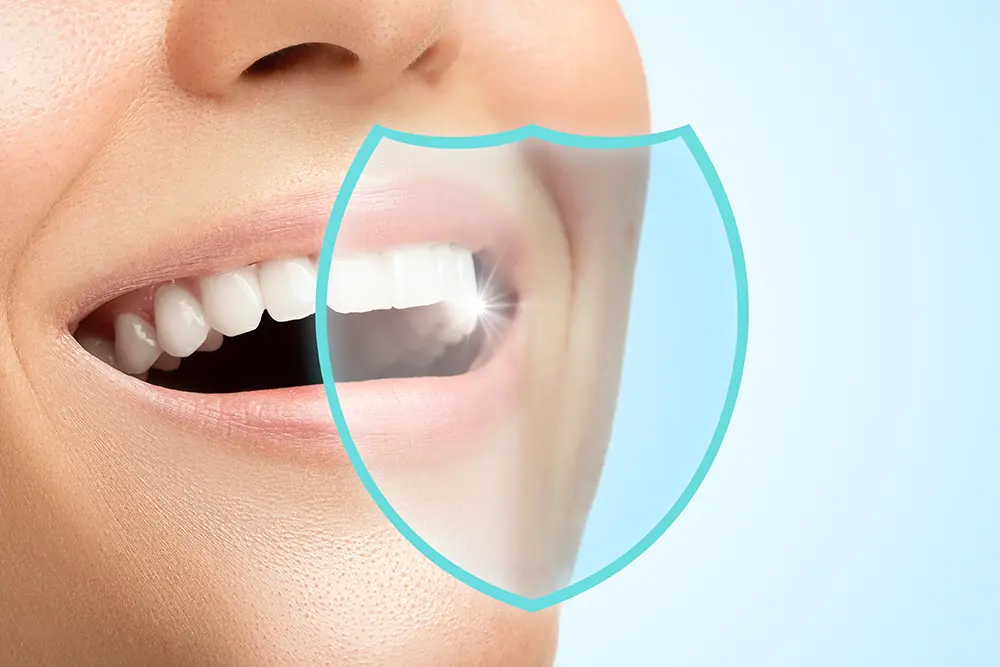If you were to ask any random person on the street if he brushes his teeth twice a day, more often than not, the answer will be a “Yes”. However, when the question is changed to interdental cleaning, the look of guilt or ignorance usually prevails.
So what exactly is interdental cleaning? Have you heard of the phrase “Floss the teeth you want to keep!”? Flossing is one form of interdental cleaning. Interdental cleaning is the use of specialised dental aids for proximal cleaning of your teeth in areas which are usually inaccessible by the humble toothbrush. By the way, here’s a small tip to change your toothbrush every 3 months and also after you recover from an illness!
What is Dental Floss?
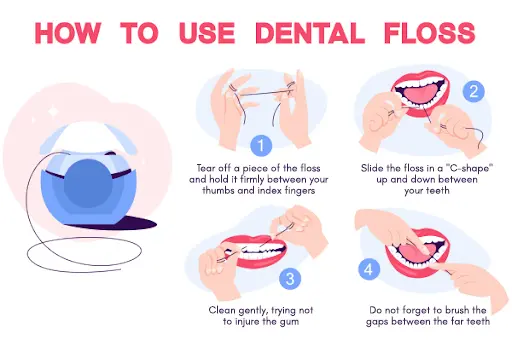
One of the most commonly known interdental aids is dental floss. Dental floss is usually recommended where the gaps between teeth are minimal. There are many types of dental floss in the market, with no one floss being the most effective. Choosing a dental floss boils down to your personal preference and your dental condition.
For myself, as the contacts between my teeth are rather tight, I prefer a thinner floss that slides through easily between my teeth. My personal favourite is a local dental floss made of PTFE. It is made in Singapore, so be rest assured that unlike toilet paper, we will not run out of dental floss!
In the market, there are many brands and types of dental floss, waxed and unwaxed, and dental tapes. There are no major differences in effectiveness between waxed and unwaxed floss, in terms of interdental dental plaque removal. Between the two, I prefer the waxed version as the floss gets through the tooth contacts more readily. With regard to dental tape, it is a broader version of the dental floss; some people prefer dental tape as they feel it removes more plaque with each flossing action. I personally can’t use the tape as it gets stuck between my teeth before I even start.
I often have patients who confess that they have issues using floss and requested for alternatives. Do not worry if using regular floss is not your cup of tea, there are other options!
The Best Dental Floss Alternatives
Flossette
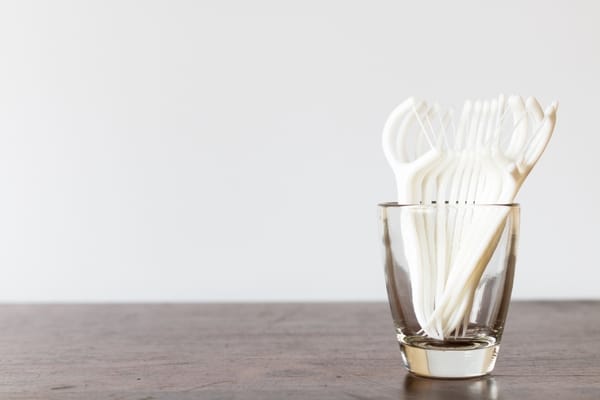
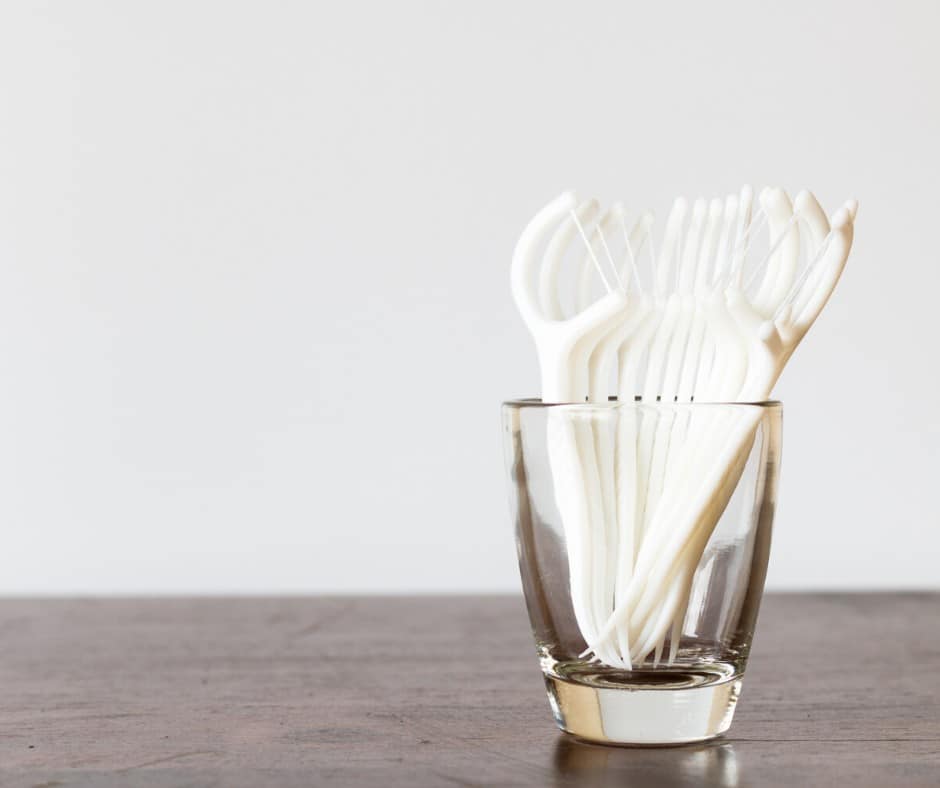 This is a device that has a dental floss in a holder, enabling the user to floss by just holding the flossette with one hand. It is useful for patients who have difficulty manipulating the regular dental floss but wish to floss between their teeth.
This is a device that has a dental floss in a holder, enabling the user to floss by just holding the flossette with one hand. It is useful for patients who have difficulty manipulating the regular dental floss but wish to floss between their teeth.
Interdental Brush

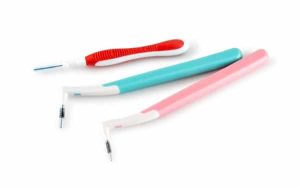 These brushes, which look like little milk bottle brushes, come in various sizes. The choice of the sizes will depend on the gap one has. These brushes are easier to use compared to the dental floss, however, it is important to remember there must be gaps between your teeth to use them. It is important not to traumatise your gums when performing interdental cleaning.
These brushes, which look like little milk bottle brushes, come in various sizes. The choice of the sizes will depend on the gap one has. These brushes are easier to use compared to the dental floss, however, it is important to remember there must be gaps between your teeth to use them. It is important not to traumatise your gums when performing interdental cleaning.
The use of interdental brushes will be more suitable and more effective in cleaning for those who have a history of gum disease, where there is a loss of the supporting tissue around the teeth, resulting in a slight gap between the teeth at the gum level.
Toothpicks

 Something we see quite typically in local restaurants can also function as an interdental aid. Yes, the good old toothpick. It can function as an interdental aid as well, especially in an out-of-home setting. It requires less dexterity compared to dental floss as well. There are some modified versions of the toothpick with small bristles in them that can be used like an interdental brush, and I do have patients who love these dental picks.
Something we see quite typically in local restaurants can also function as an interdental aid. Yes, the good old toothpick. It can function as an interdental aid as well, especially in an out-of-home setting. It requires less dexterity compared to dental floss as well. There are some modified versions of the toothpick with small bristles in them that can be used like an interdental brush, and I do have patients who love these dental picks.
Other Adjunctive Interdental Aids
I do have patients who find interdental cleaning difficult and asked me about the water floss, like Waterpik or AirFloss. I would say in my opinion, they are also a form of interdental aid one can use, together with some mechanical interdental cleaning.
Which is the Best Interdental Aid?
The ideal one would be one that suits your needs and is customised based on your existing teeth. Hence, it is important to choose based on your needs, rather than on the reviews of others. If you are unsure, you can also consult your regular dentist for advice on selecting the most suitable interdental aid.
Lastly, it is important to start flossing early in life. Practice makes perfect and experts say it takes 3 months to learn a new habit. So start today, don’t wait!

